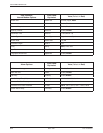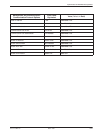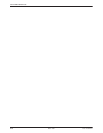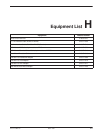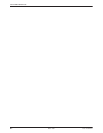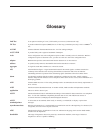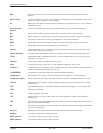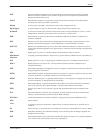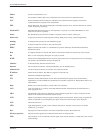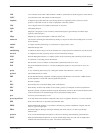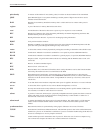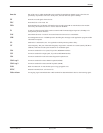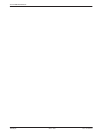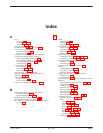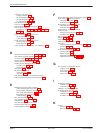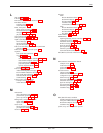
ACCULINK 3163 DSU/CSU
Glossary-4 March 1999 3163-A2-GB20-10
An uncorrected hardware error.
An accidental condition that causes a functional unit to fail to perform its required function.
Federal Communications Commission. The Board of Commissioners that regulates all electrical
communications that originate in the United States.
Facility Data Link. The selected framing bits in the ESF format used in a wide-area link that are used for
control, monitoring, and testing.
Individual DS0 channels that may be sold separately or in groups to provide bandwidth that is some
fraction of the total T1 capability.
One identifiable group of bits that includes a sequence of bits for control, framing, etc.
A high-speed connection-oriented packet switching WAN protocol using variable-length frames.
A technique that separates bits into identifiable groups.
A physical connection to earth or other reference point.
High-Level Data Link Control. A communications protocol defined by the International Standards
Organization (ISO).
A computer attached to a network that shares its information and devices with the rest of the network.
Hertz. A unit of frequency that equals one cycle per second.
Internet Control Management Protocol. Internet protocol that allows for the generation of error messages,
tests packets, and information messages related to IP.
A shared boundary between functional units.
The worldwide internetwork, which predominantly uses the TCP/IP protocol.
An interconnected collection of networks (also called an internet).
Internet Protocol address. The address assigned to an internet host.
International Standards Organization.
International Telecommunications Union. The telecommunications agency of the United Nations,
established to provide standardized communications procedures and practices. Before March 1993 it was
called CCITT.
Kilobits per second. One kilobit is usually taken to be 1,024 bits.
Local Area Network. A privately owned and administered data communications network limited to a
small geographic area.
Line Build-Out. The amount of attenuation of the transmitted signal that is used to compensate for the
length of wire between the transmitter and the receiver.
Liquid Crystal Display. Thin glass plates containing liquid crystal material. When voltage is applied, the
amount of light able to pass through the glass plates is altered so that messages can be displayed.
Link Control Protocol.
Light Emitting Diode. A light or status indicator that glows in response to the presence of a certain
condition (e.g., an alarm).
The physical connection between one location and another used for data transmission.
The protocol that regulates the communication between two network nodes.
Line Loopback. A test in which the received signal on the network interface is looped back to the network
without change.
failure
fault
FCC
FDL
fractional T1
frame
frame relay
framing
ground
HDLC
host
Hz
ICMP
interface
Internet
internetwork
IP address
ISO
ITU
kbps
LAN
LBO
LCD
LCP
LED
link
link layer protocol
LLB



